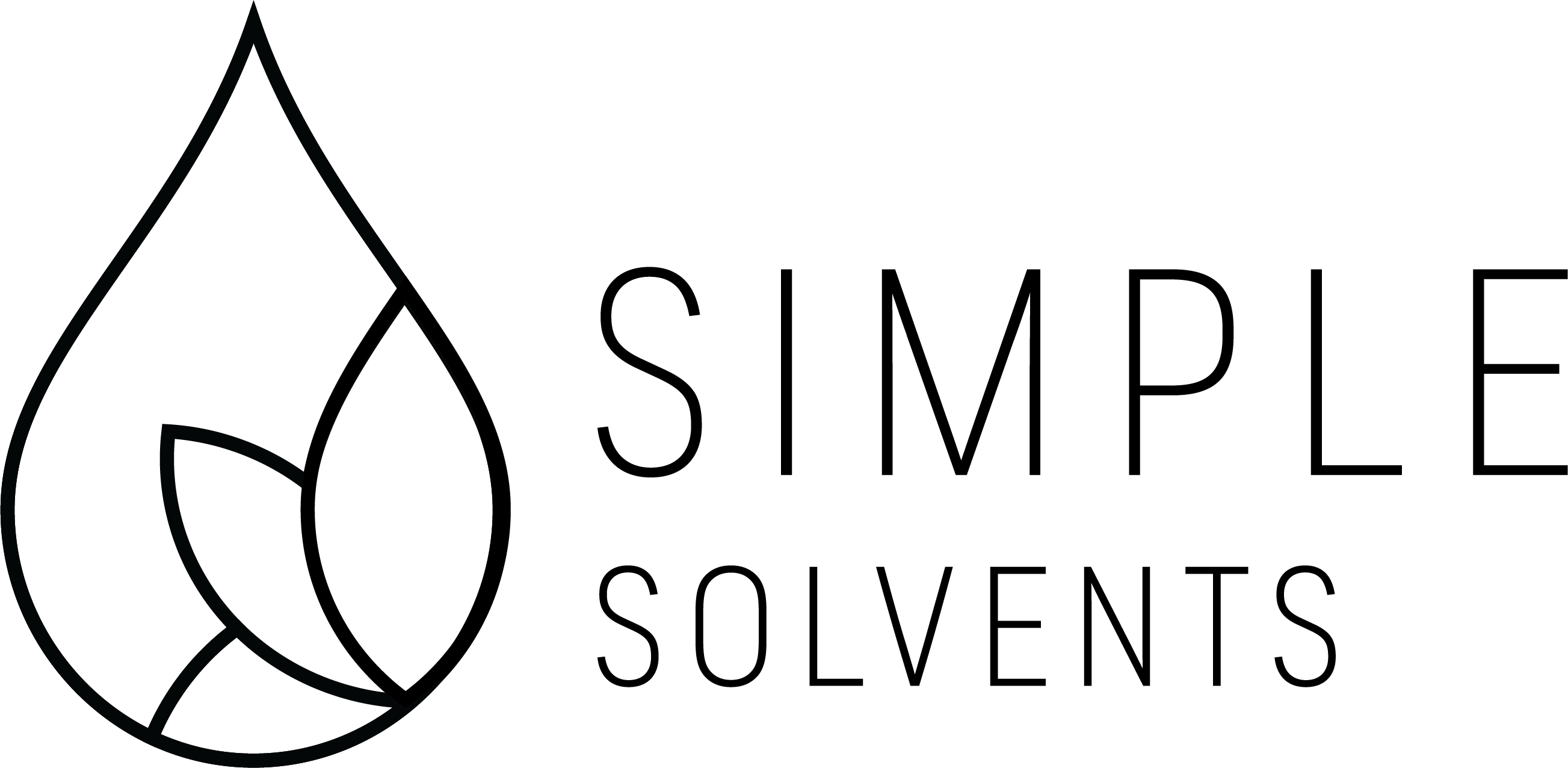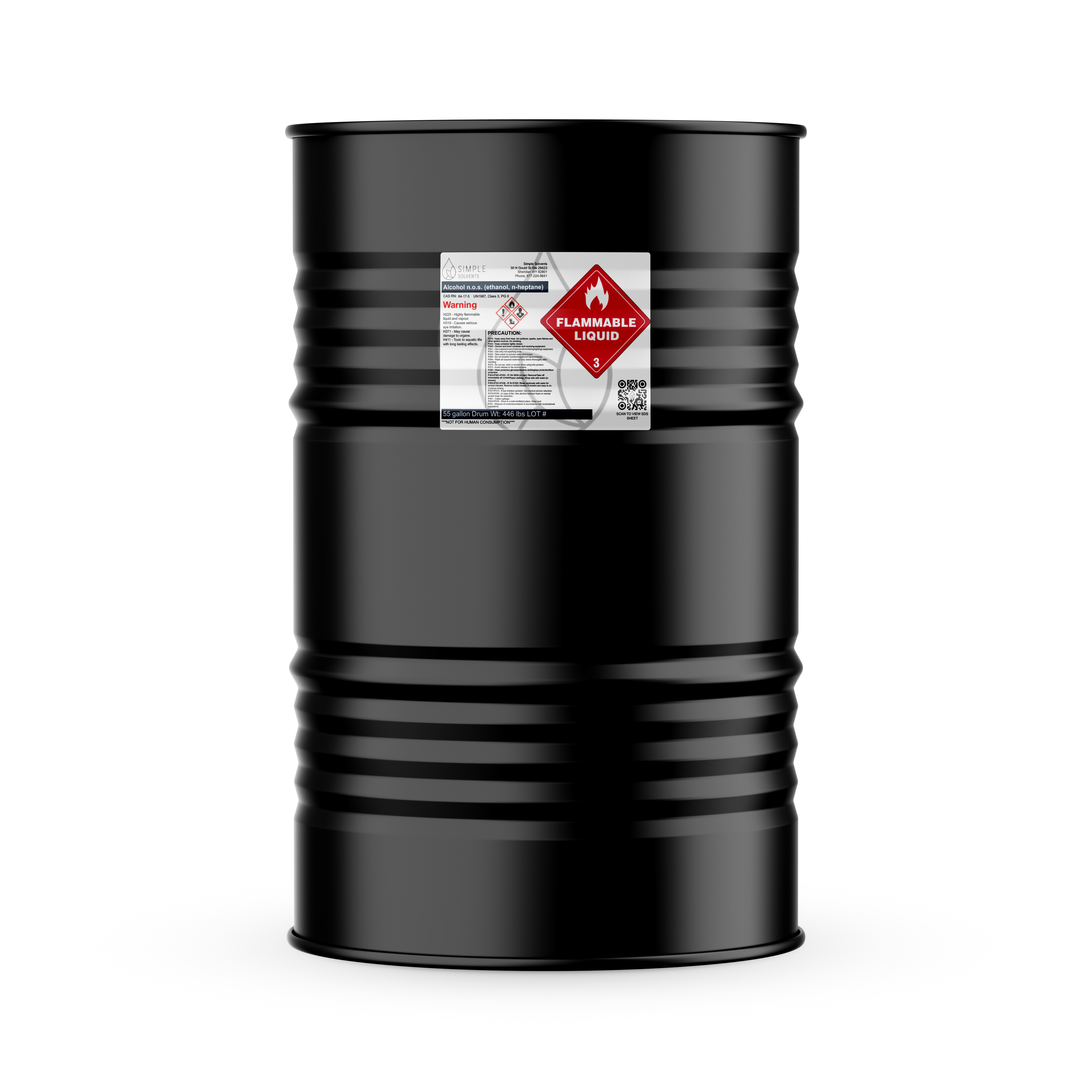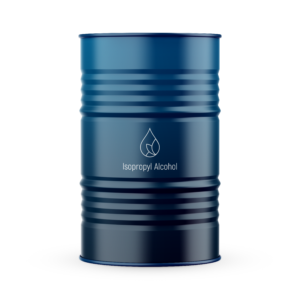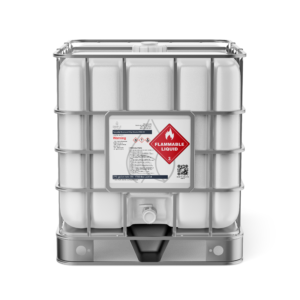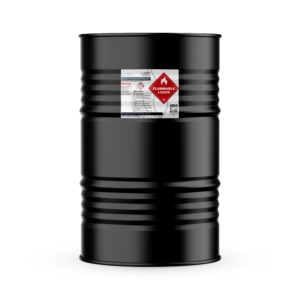Completely Denatured Alcohol CDA 12A
Completely Denatured Alcohol CDA-12A. Ethanol Denatured with Heptane.
$620.00 – $2,250.00Price range: $620.00 through $2,250.00
Bulk pricing & price matching available
Lab Tested
Secure Payments
Quality Guarantee
Fast Delivery
Completely Denatured Alcohol 12A – CDA 12A
The blend consists of ethanol denatured with n-heptane. CDA12a is a specially formulated denatured alcohol treated with specific additives to make it unfit for consumption, ensuring it’s used only for industrial purposes.
One of the critical features of Simple Solvents’ CDA-12a (Ethanol Denatured with n-heptane 99%) is its high purity level, which makes it an excellent choice for various applications. It’s commonly used as a solvent for resins, coatings, and inks in the printing industry. It’s also used as a cleaning agent in the electronics industry to remove flux residues and other contaminants.
Denatured alcohol is widely used in manufacturing, cleaning, and other industrial processes. CDA12A is a high-quality solvent that offers excellent solvency power and high purity, making it a popular choice among industrial users.
Our denatured ethanol is made to meet strict industry standards, ensuring that it meets the needs of our customers. We also offer fast and reliable shipping to ensure you receive your order on time. Contact us today to learn more about denatured alcohol and how it can benefit your industrial applications.
Industries
- Cleaning & Sanitization: Denatured Alcohol 12A is ideal for cleaning and disinfecting surfaces in industrial, government, and laboratory settings. Its strong solvent properties ensure effective removal of contaminants and residues.
- Industrial Applications: This product is frequently used in manufacturing processes where a non-consumable alcohol is required. Its formulation makes it suitable for applications in various industrial settings.
- Government and Laboratory Use: CDA 12A is compliant with regulations for use in government and laboratory environments where stringent standards for safety and efficacy are required.
Formula 27 CFR 21.26
100 gallons of 200 proof ethyl alcohol denatured with 5 gallons of heptane with the following specifications per TTB guidance:
- § 21.112 Heptane: No distillate should come over below 200 °F. and none above 211 °F. Learn more.
Additional Information:
- CAS Number: Ethanol 64-17-5, Heptane 142-82-5
- Common Names: Denatured Ethanol, Denatured Alcohol, CDA 12A, CDA12, CDA12A, C,D,A. 12A, CDA 12A 200 Proof Ethanol Denatured
- Scientific Name: Completely Denatured Alcohol
When dealing with class 3 hazardous materials like certain solvents, it's crucial to prioritize safety at every step, from purchasing to shipping and receiving. At Simple Solvents, we take care of all aspects of delivery, ensuring that our customers receive their products safely and in compliance with regulations. Here are some essential safety precautions and information needed for handling these materials responsibly:
Safety Data Sheets (SDS): Customers can access Safety Data Sheets (SDS) for all our products, which provide essential information about the chemicals, including hazards, handling procedures, and emergency measures.
Understanding Hazards: While we handle the hazardous materials, it's important for customers to understand the specific hazards of the products they are purchasing, such as flammability or reactivity, and how to mitigate them in case of emergencies. Always read the safety data sheet before buying, using, storing and disposing chemicals.
Transportation Compliance: Our operations adhere to the Department of Transportation (DOT) regulations for shipping hazmats. Be sure to communicate with your local authorities regarding permits and regulations for buying, storing, using, and disposing of chemicals.
Proper Packaging: We use approved containers, labeling, and packaging materials to prevent leaks, spills, or accidents during transit, ensuring that hazardous materials are delivered safely.
Storage Considerations: Always store hazardous materials in designated areas with proper ventilation, temperature controls, and secondary containment measures to prevent accidents and minimize risks during transportation / storage.
Disposal Procedures: Be sure to understand proper disposal procedures and regulations that are unique to your location.
Emergency Response Plan: Always be equipped with a comprehensive emergency response plan, including procedures for spills, leaks, fires, and injuries related to hazardous materials, to ensure swift and effective response in case of emergencies.
Continuous Monitoring: Regularly monitor and inspect your storage areas, equipment, and handling practices to identify and address potential safety hazards promptly.
- solvent supply made easy
Material Safety Best Practices
When purchasing, using, shipping, storing, or disposing of Simple Solvents’ products, including flammable liquids and solvents, please be aware of the following important considerations and best practices:
Some Simple Solvents products are class 3 hazardous materials and are highly flammable. They may pose significant risks if not handled correctly. Always use these materials in well-ventilated areas away from heat sources, sparks, or open flames. Wear appropriate personal protective equipment (PPE), including gloves and safety goggles, to minimize exposure.
Proper Handling
Exercise caution when handling to prevent spills, leaks, or accidents. Use spill containment measures and follow the safety data sheet for safe handling. Do not tip packaging during transit or storage – keep the product vertical at all times.
Shipping and Storage
Ensure compliance with Department of Transportation (DOT) regulations for the shipping. All shipments must be made to a commercial address with proper labeling and documentation. Store these materials in secure, cool, and dry conditions away from incompatible substances. If the product is hazardous as indicated on the SDS, consult with your local fire marshal regarding storage allowances and local restrictions to ensure compliance with regional safety regulations.
Disposal
Follow local, state, and federal regulations for the disposal of chemical materials. Properly dispose of unused or expired products through certified disposal facilities or programs. Do not dispose in regular trash or down drains.
Emergency Procedures
In case of an emergency, such as a spill, leak, or exposure, immediately follow the appropriate emergency response protocols. Evacuate the area if necessary and contact emergency services for assistance. Use spill containment kits to manage and contain leaks, and refer to the Safety Data Sheet (SDS) for specific first aid measures and response instructions.
Regulatory Compliance
Familiarize yourself with relevant regulations and safety data sheets (SDS) for the materials you are handling. Ensure adherence to all legal and safety requirements to protect yourself and others. Every state and locality may have additional rules & regulations.
By following these guidelines, you can help ensure the safe and responsible use of Simple Solvents products. Always prioritize safety, emergency preparedness, and regulatory compliance in all aspects of handling and disposal.
Recommended Products
Related products
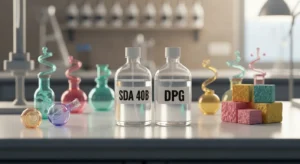
SDA 40B & DPG: Essential Ingredients in Fragrance Formulation
Behind every beautifully crafted perfume, cologne, or room spray lies a complex blend of science and artistry. While fragrance oils

Perfumer’s Alcohol: Uses in Perfumes, Colognes & Room Sprays
Perfume and fragrance creation is both an art and a science. Behind every bottle of perfume, cologne, or room spray

Isopropyl Alcohol Uses
Isopropyl Alcohol Uses by Different Industries Isopropyl Alcohol (IPA) is a versatile chemical with various uses across various industries. It

All You Need to Know About Ethanol and Its Various Uses
All You Need to Know About Ethanol and Its Various Uses Ethanol and Its Various Uses in fuels are essential

The Power of Ethanol: Fun Ethanol Facts on Safety and Industry
The Power of Ethanol: Ethanol Facts on Safety and Industry We are going to go over ethanol facts, uses and

Shipping Dangerous Goods: Regulations and Precautions
Shipping Dangerous Goods: Regulations and Precautions Shipping dangerous goods can be a tricky and sensitive process. It is crucial to
